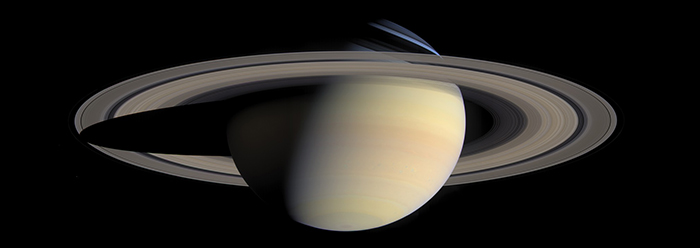Two such examples are noted here: lightning bugs in the air, and jellyfish in the sea. Both of these animals are bioluminescent. These creatures produce biochemical oxidation-based “cold” light from their own bodies.
Biological luminescence (not the same as phosphorescence) is light produced by a complex chemical reaction within an organism. The chemical reaction producing this "cold" light involves at least two chemicals: "luciferin" which produces the light; and an enzyme called "luciferase" that catalyzes the reaction.3
Before America’s agricultural activities became dominated by unnatural fertilizers and pesticides about 40 years ago, lightning bugs (a.k.a “fireflies”) were common in rural America during the warm weeks of summer.
In more recent decades, however, you are more likely to see huge cloud-like populations of fireflies only in croplands owned and operated by traditional farmers, such as the Amish farms of Pennsylvania and Ohio. For example, fireflies thrive on the cornfields of Pennsylvania Dutch communities of Pennsylvania’s Lancaster County where at night they brightly swirl above cornfields the size of football fields.
But what is happening inside those tiny insect bodies to produces those bright and blinking yellow flashing lights?
During June and July, after spending most of the year underground, fireflies emerge to attract a mate. Light, produced in the firefly’s abdomen section, flashes on and off in a specific pattern or code. There are more than 2,000 species of fireflies and each species has its own light code. In most firefly species, the males fly about while flashing their code. Females, usually on the ground, will flash the same code back. The male joins the female on the ground, where they mate.2
But some sea creatures—like the moon jellyfish and some comb jellyfish—also exhibit bioluminescence, but they do so as they drift inside dark tidewaters. Their bioluminescent ability to shine such light is nothing new, of course, because jellyfish have always been jellyfish.4
The Chesapeake Bay, especially its southern waters, supports its share of living lights. Many microscopic bacteria and plankton can produce light. … Other larger light creatures include the moon jellyfish and some species of comb jellies. The moon jelly sports four pink, horseshoe-shaped gonads atop its 10-12 inch “head.” Its tentacles are marginal and very short. The light from a moon jelly appears bluish. Comb jellies are similar to other jellyfish, like sea nettles, in their gelatinous appearance, minus the stinging tentacles. ... One comb jelly common in the Bay is the sea walnut, named for its oval shape. When disturbed, the sea walnut flashes a green light along its combs. Although only 4 inches, the effect created by hundreds of congregating sea walnuts can be quite startling. In deep ocean waters, up to 80 percent of all jellyfish, squid, shrimp and fish are luminescent. In the pitch blackness of ocean depths, it seems logical that so many animals can produce their own light.2
It’s “logical,” of course, when we recognize God as the designer of all sea creatures.
Light displayed by jellyfish, floating in tidal coastwaters, is pleasant to see—but don’t reach in to the water to touch them.5
Meanwhile, as you watch moon jellies glow in the dark, or fireflies blinking their lights above rural fields, consider how our lives should point others to God.
That you may become blameless and harmless, children of God without fault in the midst of a crooked and perverse generation, among whom you shine as lights in the world, holding fast the word of life…6
References
1. Staff Writer. Perseids Meteor Shower 2020. Time and Date Aksjeselskap. Posted on timeanddate.com July 10, 2020, accessed July 16, 2020.
2. Reshetiloff, K. In a Flash, Nature’s Night Lights Add Sparkle to Summer Lights. Chesapeake Bay Journal. Posted on bayjournal.com August 2, 2019, accessed July 16, 2020.
3. Sherwin, F. 2003. Living Light. Acts & Facts. 32(1).
4. Sherwin, F. 2008. Jellyfish Reveal the Recent Hand of the Creator. Acts & Facts. 37(12):14.
5. Sherwin, F. 2008. PB & J (Painful Blisters and Jellies). Acts & Facts. 34(10). See also Johnson, J. J. S. Jellyfish Serves Variety of Venoms in Stinging Cocktail. Creation Science Update. Posted on ICR.org June 14, 2020, accessed July 16, 2020.
6. Philippians 2:15-16a.
*Dr. Johnson is Associate Professor of Apologetics and Chief Academic Officer at the Institute for Creation Research.





















